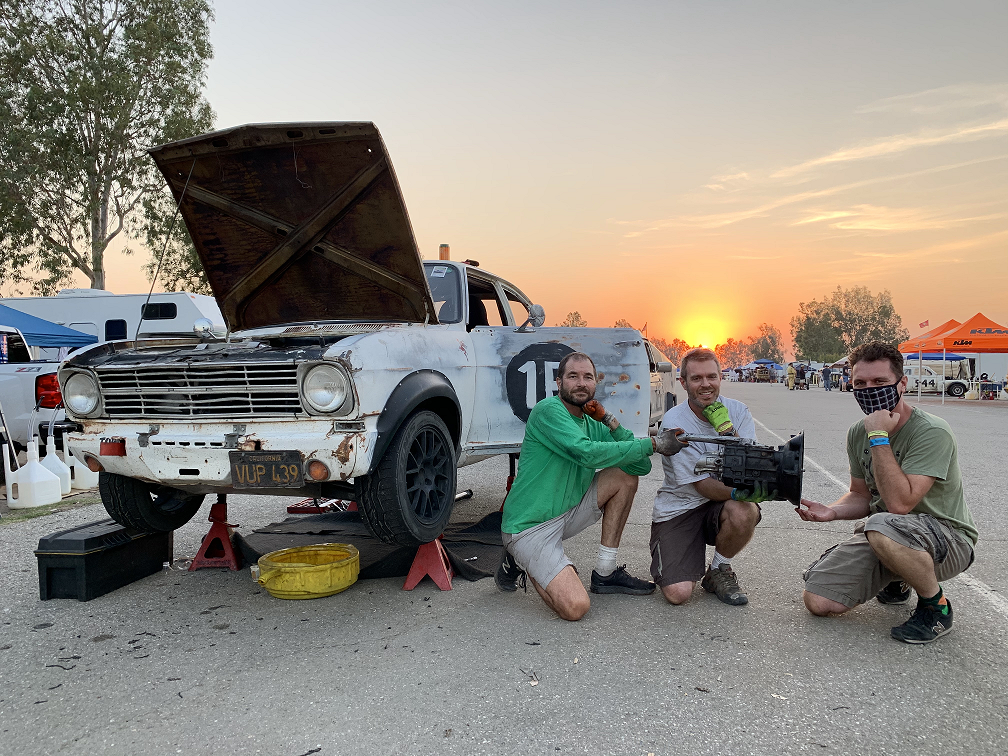Bob, first I want to say I have looked through the wealth of knowledge you post here (and it didn't take me a full pot of coffee, only half a pot morning and about a 6pk of beers evening). I did come across your photos along with previous posts where specific 38 weber mods are mentioned. Very nice fab skills on custom air cover I'll add. Much respect.
So bears my direct question about boring the fixed venturi from 27mm to 30.1mm (1-3/16). Does it make enough difference for me to justify it? I see where you've done this to many 32/36 carbs as well for the larger 36 barrel. That does make me want to do this so I tried to use calculators and see a relationship of throttle sizing vs venturi sizing. Main thing to me is yes messing with the throttle relationship ratio vs main venturi reduces the effect of the booster ie getting on the main. This shouldn't be an issue if the motor is larger displacement and or high velocity ported large cam(high compression) etc to match. I believe we could benefit from doing this along with a few other tweaks. Motor has plenty of off idle grunt and very high velocity low end. Spends most of its time above 4k rpm. The idle range to 4k is almost a blink of an eye which also indicates the effectiveness of high velocity inlet along with combo of a short gear ratio rear end.
For the board
=================================
I'm not directing this calc content at anyone but posting this cause it's what I've found in the past 24hrs. Feel this is a decent place to park this content in hopes to contribute something here.
I feel our engine is very high velocity. Most of these calculators figure for single cylinders requirements so using ITB's vs 2BBL. Would we just add the 2BBL together since they feed all cylinders? I'd believe so.
Math of calculators gives a picture but doesn't add up exactly. As a few Pcar guys have also found. Calcs seem to ballpark it.

www.performanceoriented.com
- Throttle bore diameter: D = (.8 to .9) x (V x n)^.5
- Main venturi diameter: d = (.7 to .9) x D
- Where:
- D = Throttle bore diameter, mm
- d = Main venturi diameter, mm
- V = cylinder displacement, liters
- n = engine speed, RPm
Using our 2.3L engine per cylinder requirements
TB Dia = .85 x (.575x8000)^.5 = 57.7mm
Venturi Dia = .8x57.65 = 46mm
Another calculator respected in Pcars is Bruce Andersons 'Porsche 911 Performance Handbook' (p154 venturi and throttle sizing for webers)
Optimum venturi size in mm = 20 x ((cylinder capacity/1000) x (peak power rpm/1000))^0.5
Venturi = 20x(.575x8)^.5 = 42.9
The factory 2.3L S14 engine from BMW comes with 46mm ITB's. Sure it's fuel injected but gives an idea of throttle sizing. Issue is this is large due to the motor had twin overhead camshafts and very well ported from factory. The engine we are using is now the same displacement but very different flowing single overhead cam head on it (M10). The twin cam engine also is 16v using 37mm(x2per cyl) intake and 32mm(x2per cyl) exhaust. The single cam head on our engine is 46mm intake 38mm exhaust.
Last but not least; for more generic branding a calc for cfm of carb to engine size.
Learn how to calculate your CFM with a formula to determine what the best carburetor size is for you. We also cover vacuum and mechanical secondaries.

www.speedwaymotors.com
The formula for calculating how much CFM (cubic feet per minute) an engine requires is: CFM = Cubic Inches x RPM x Volumetric Efficiency ÷ 3456.
Any ordinary stock engine will have a volumetric efficiency of about 80%. Most rebuilt street engines with average bolt-ons have a volumetric efficiency of about 85%, while race engines can range from 95% up to 110%.
2.3L
CFM = 140.355 x 8000 x .95 / 3456 =
308.7
According to this we have plenty of carb and would never need dual side drafts or any "mods"

Looking into these calculators has really not proved much to me especially since many that build an engine like ours use weber 45mm side draft ITB's where the chokes range up to 36mm PER cylinder.
Only other thread I found is on
Help Wanted: Over-boring a Weber 32/36 dgav
User and avid poster/racer on there is Graham who I respect a lot(even though I don't know him personally, isn't the internet fun). He's taken the BMW M10 engine about as far as anyone I know for a NA motor. That being said I believe they missed the on the 38 working well on 4cyl engines.






